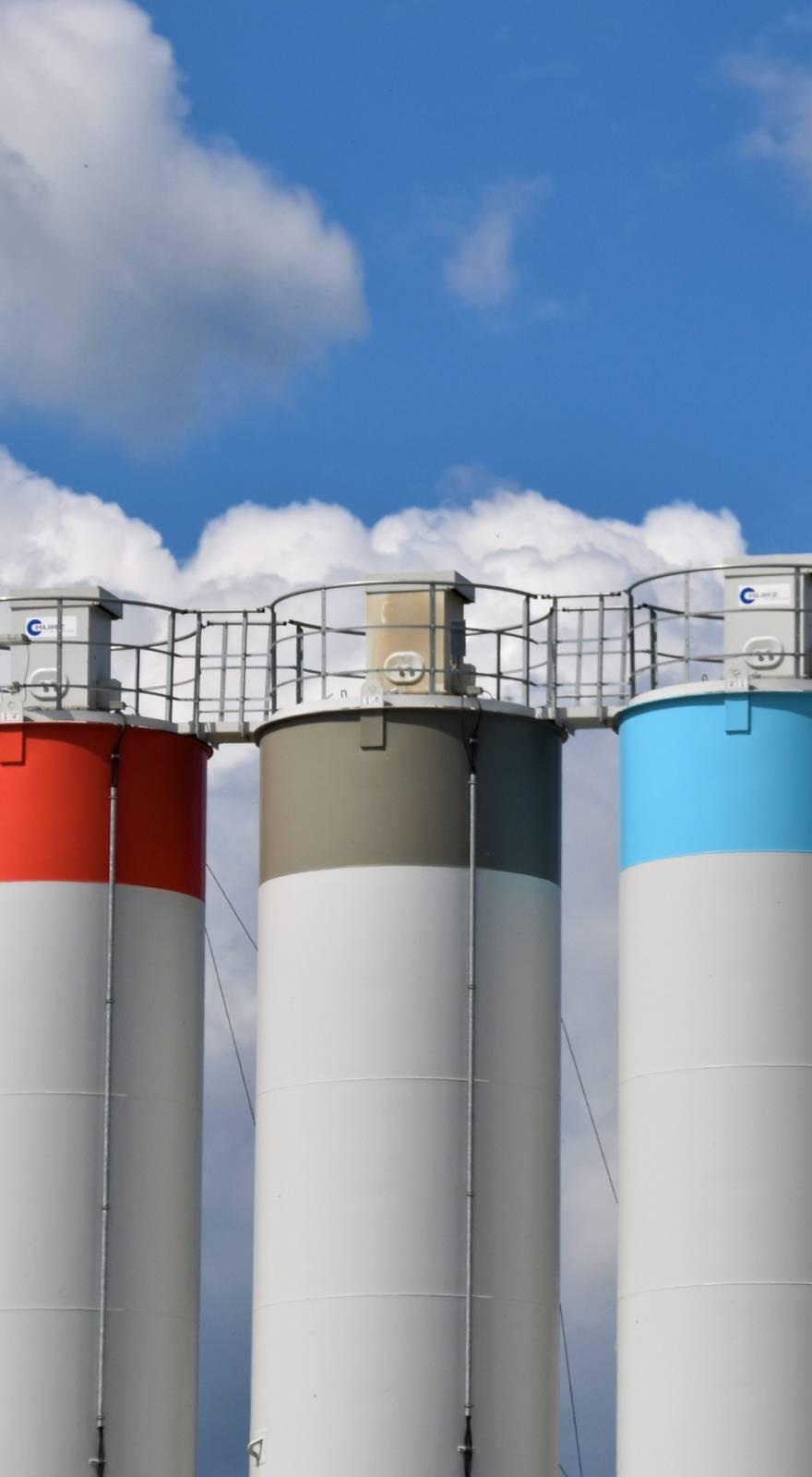Knowde Enhanced TDS
Identification & Functionality
- Carrier
- Chemical Name
- EC No.
- 295-890-2
- CAS No.
- 92129-90-3
- Technologies
Features & Benefits
- Industrial Additives Features
- Benefits
Dry Solid Substrate
- WilkeyWhey™ can be stored for extended periods of time if kept dry.
High Fermentable Fraction- WilkeyWhey™ contains up to 95% fermentable material.
Variety Of Organics- Contains both simple and complex organics including lactose, protein, and fats
- Complex and simple organics provide a wide variety of food sources to promote the growth of a wide range of micro-organisms.
- Various types of organics provide carbon sources with varying dissolution rates.
Applications & Uses
- Applicable Processes
- Uses
Contaminants Treated
- Chlorinated solvents
- Perchlorate
- RDX
- Reduction of metals
Treatment Configurations- Source area treatment
- Biobarrier treatment
- Plume-wide treatment
Delivery Methods- Permanent injection wells
- Direct push methods
- Recirculation systems
Properties
- Soluble in
- Water
- Typical Properties
| Value | Units | Test Method / Conditions | |
| Fermentable Material | 95.0 | % wt/wt | - |
| Moisture Content | max. 5 | % wt/wt | - |
| Ash Content | max. 10 | % wt/wt | - |
| Density | 775.0 | g/l | - |
Packaging & Availability
- Packaging Type
- Packaging Information
50-pounds bags
Storage & Handling
- Shelf Life
- 1 Year
- Storage and Shelf Life
- Store unopened under dry conditions at temperatures between 50°F and 85°F.
- The shelf life of the unopened product is >1 year
- The dry opened product should be used within 1 month.
- Diluted products should be used immediately to avoid microbial growth and activity which may cause gas buildups in containers and visible growth which may foul equipment.
- Following injection of material, wells should be flushed with clean water to prevent microbial growth. Wells should be flushed with at least 300% of the total well volume to assure substrate is pushed into the aquifer formation and to prevent biofouling in the well.
- Equipment decontamination should follow site-specific requirements. In most situations, any product residual should be flushed into the aquifer and then chased with clean water.

